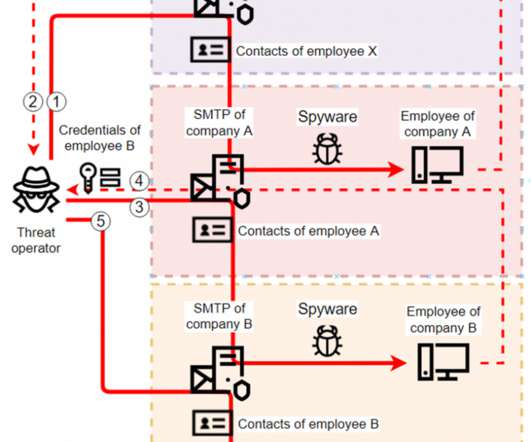Spam and phishing in 2020
SecureList
FEBRUARY 15, 2021
The Kaspersky Anti-Phishing component blocked 434,898,635 attempts at accessing scam sites. The most frequent targets of phishing attacks were online stores (18.12 The contact phone trick was heavily used both in email messages and on phishing pages. Interestingly, the cybercriminals did not limit their threats to DDoS.
























Let's personalize your content